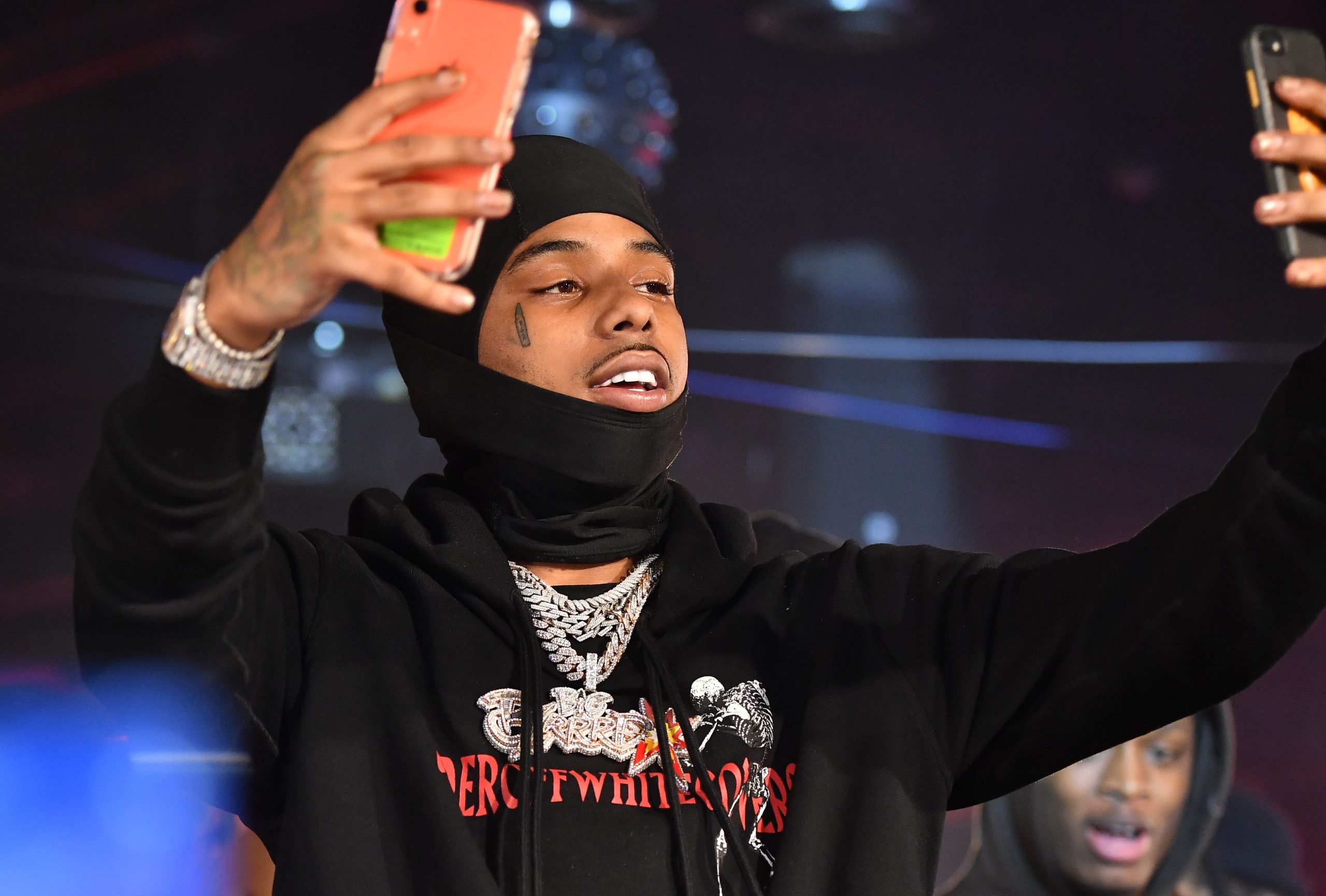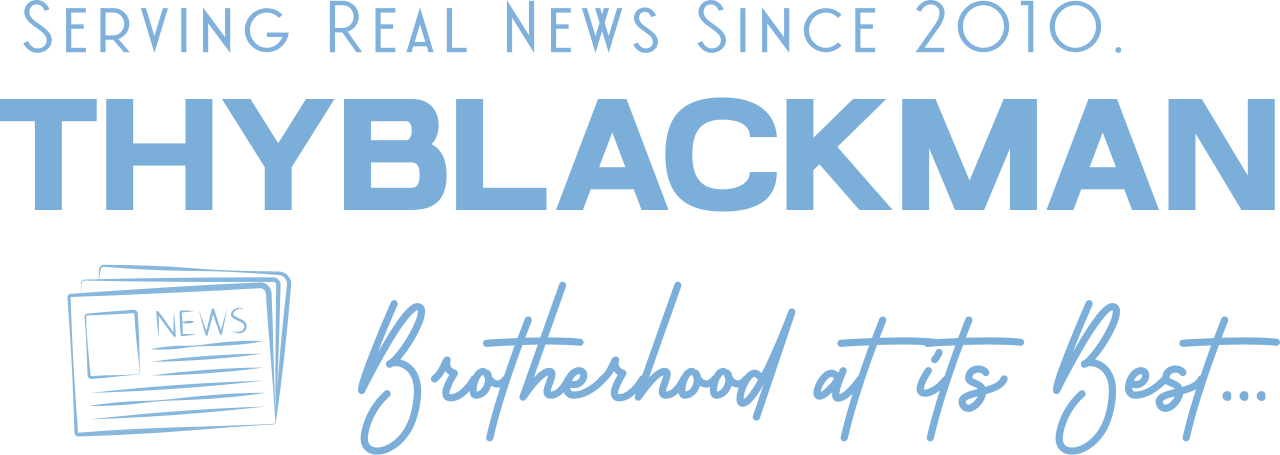(ThyBlackMan.com) Rapper Pooh Shiesty, born Lontrell Donell Williams Jr., has officially been released early from federal prison after serving roughly three years of a five-year sentence. His freedom marks a major turning point for both his personal life and his career—a moment fans have been waiting on since 2021 when his legal troubles first erupted into the headlines. The Memphis rapper, best known for his breakout hit “Back in Blood” featuring Lil Durk, had been convicted in 2022 for conspiracy to possess firearms in furtherance of violent and drug-trafficking crimes. The conviction stemmed from a 2020 incident in Florida that involved a botched drug deal and shootout. Now that he’s out, the question is whether Pooh Shiesty can reclaim his place in hip hop or if his career momentum has faded too much during his time behind bars.

For the uninitiated, Pooh Shiesty came up fast in the rap game. Signed to Gucci Mane’s 1017 Records, he represented the new generation of Southern trap artists who mixed grit with charisma. His debut mixtape Shiesty Season made waves, turning him into one of the most talked-about young voices in 2021. He was a star on the rise—raw, confident, and street-certified. But his fame collided with the law. His incarceration was a huge setback just as his career was taking off. Still, his fanbase never really disappeared. If anything, it grew in his absence. His name continued to circulate through social media, hip hop blogs, and even in other rappers’ lyrics. His brand of authenticity—rooted in the streets and marked by a no-nonsense persona—gave fans a reason to stay loyal even while he was locked away.
What does this release mean for hip hop? It means the return of a young artist who still has the potential to shift the soundscape. In the three years Pooh Shiesty was gone, the rap game evolved. Trap music became even more melodic and experimental, while drill, rage beats, and genre hybrids dominated streaming charts. Artists like Lil Baby, Lil Durk, and 21 Savage solidified their spots, and newer names like Glorilla, Sexyy Red, and Central Cee found their lanes. The industry has moved on in some ways—but hip hop always welcomes a redemption arc. Pooh Shiesty’s comeback will likely draw huge attention because the culture loves a story of struggle, survival, and second chances.
But here’s the big question: will fans still support him the same way they did before? For many, the answer is yes. Hip hop has always had a complicated relationship with the justice system. Fans often see rappers who go to jail as heroes in a system designed to suppress them. It’s part of hip hop mythology—artists overcoming adversity, coming out wiser, stronger, and more determined. From Tupac and Gucci Mane to Lil Wayne and Meek Mill, incarceration has often fueled greater success upon release. In Shiesty’s case, his authenticity was never in question. He didn’t fake street life—he lived it. That rawness is part of what drew people to his music in the first place. His early tracks felt like dispatches from the heart of Memphis, where the code of the streets was both his muse and his curse. Fans might see his release not as a scandal but as a second act waiting to be written.
Still, three years is a long time in rap years. When Pooh Shiesty went away, TikTok wasn’t the music machine it is now. Back then, artists relied more on mixtapes, cosigns, and club bangers. Today, virality rules the charts. Artists blow up from 15-second snippets. Style has shifted from pure street rap to more experimental and internet-savvy flows. If Shiesty wants to regain his spot, he’ll need to adapt while staying true to the sound that made him popular. That balance—between evolution and authenticity—will define his next chapter.
There’s also the question of whether prison has changed him. Some fans are already speculating that he’ll return wiser and more strategic. Before his incarceration, Pooh Shiesty was known for moving in a way that reflected his lyrics—bold and unfiltered. That authenticity made him a star, but it also brought unnecessary drama. If his time inside taught him patience and business sense, he could come back not just as a rapper, but as a mogul in the making. The new generation of artists—think Lil Durk and Moneybagg Yo—have learned how to juggle fame and maturity, turning their experiences into empowerment. Shiesty could follow that path, transforming his image from reckless young star to seasoned survivor.
However, hip hop isn’t what it was when he left. The rise of female rappers like Glorilla, Latto, and Ice Spice has rebalanced the game. Southern rap has diversified even more, and regional sounds—from Detroit to Baton Rouge—are dominating. Social media has also become more influential than ever. Artists are now expected to be entertainers, influencers, and entrepreneurs all at once. Pooh Shiesty, known for being more low-key and street-oriented, may find it challenging to navigate this new era. But that’s not necessarily a bad thing. In a time when much of hip hop feels manufactured, his rawness could be refreshing.
Hip hop purists still value authenticity, and that’s where Pooh Shiesty’s strength lies. He wasn’t an artist who pretended to be something he wasn’t. He represented a Memphis sound that was dark, haunting, and real. That’s what separated him from so many others who rap about street life but never lived it. His fanbase—mostly young, loyal, and deeply rooted in trap culture—has been waiting for him to return and bring that same energy back to the mic.
Some fans online have already celebrated his release as if a family member came home. Social media lit up with hashtags like #FreePoohShiesty finally turning into #PoohShiestyHome. Memes, quotes, and old song clips started circulating again. One fan on X (formerly Twitter) wrote, “The real is back. Pooh Shiesty coming home means real trap music bout to return.” Another said, “He been gone too long. Hope he learned something, but I can’t wait to hear what he got to say.”
Others, however, were more skeptical. Some worry that the music industry has a short memory and that younger fans have moved on to new stars. A few even questioned whether his time in prison would hurt his creativity, saying that too much time away from the studio can dull an artist’s edge. But if history has shown anything, it’s that hip hop loves a comeback story. Artists like Gucci Mane, who also served time, came back sharper and more focused than ever. Pooh Shiesty could very well follow that model.
Then there’s the cultural question of why so many fans support rappers who go to jail. It’s not just blind loyalty—it’s rooted in something deeper. In a genre born from struggle and resistance, incarceration is often viewed as another chapter in the story of survival. Many rappers come from environments where encounters with the law are common. When a rapper gets locked up, fans see themselves in that story. It’s about perseverance in the face of a system that often feels stacked against them. So when someone like Pooh Shiesty comes home, it’s not just a celebrity release—it’s symbolic of resilience.
Of course, there’s another side to this narrative. Some critics argue that glorifying incarceration creates a cycle that harms young artists and fans alike. They say the culture’s obsession with “realness” sometimes blurs into self-destruction. If Shiesty has indeed matured, his biggest challenge will be breaking that cycle—proving that realness doesn’t have to mean recklessness. If he uses his platform to show growth, that could elevate him beyond his peers. The smartest artists in hip hop—Jay-Z, Kendrick Lamar, 21 Savage—learned how to turn pain into purpose. If Shiesty can do that, he could make his mark in a much deeper way.
As for the industry, insiders are already buzzing about what comes next. Producers who worked with him before—like Tay Keith and Southside—are rumored to be preparing beats for his return. Gucci Mane, ever the mentor, has reportedly been in contact, ready to welcome him back to the 1017 family. Shiesty’s label situation is still unclear, but a comeback single could drop any week now. The anticipation alone guarantees major streaming numbers.
Three years ago, Pooh Shiesty’s voice was one of the defining sounds of trap music. His gritty tone, slick wordplay, and commanding delivery made him stand out in a crowded scene. If he can pick up where he left off—or even better, evolve his sound while keeping that Memphis edge—he could reclaim his spot. Fans are craving authenticity again. With so much music feeling formulaic, his unpolished, emotionally charged approach could hit harder than ever.
The real test, though, will be how he chooses to carry himself now. Will he chase clout, or will he focus on building longevity? Will his lyrics reflect growth, or will he double down on old patterns? Only time will tell. But one thing is certain: the world is watching. The streets haven’t forgotten him, and the rap community is eager to see if he can turn his hardships into hits.
In the end, Pooh Shiesty’s release feels like more than just one man coming home—it feels like a cultural moment. His story represents the complicated intersection of talent, trauma, and triumph that defines modern hip hop. Fans want to believe in redemption. They want to see their favorite artists overcome the system, not be crushed by it. Whether Shiesty can live up to those hopes depends on what he’s learned behind bars and how he channels it into his music.
For now, his release is being celebrated across social media platforms, with fans posting old tracks like “Neighbors,” “Back in Blood,” and “Guard Up” as tributes. One fan summed up the collective feeling best: “Pooh Shiesty went in a star, but he might come out a legend if he plays it right.”
The next few months will tell if that prediction holds true. What’s clear is that hip hop has always been about second chances—and Pooh Shiesty just got his.

















Leave a Reply